Fix: Ad blockers are not allowed on YouTube
The error message “Ad blockers are not allowed on YouTube” appears right on the video player and stops the video from playing. This usually happens after you watch a few videos with an ad blocker turned on. This message means that YouTube has noticed you are using something to block ads, which goes against their rules for making money from ads.
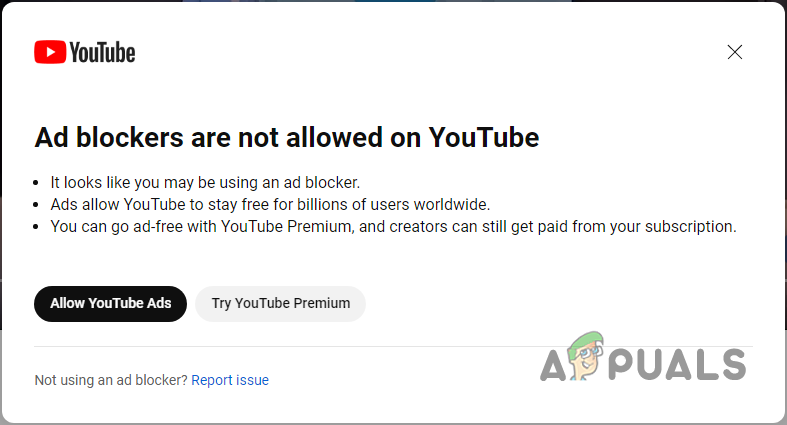
Most of the time, this is caused by special tools on YouTube that can see when ads are being blocked or hidden. Sometimes, this error can also show up if your ad blocker is out of date, your browser settings are not correct, or if you have more than one ad blocker installed at the same time.
In this article, we will discuss different ways to solve this error.
1. Remove the Third-Paerty Ad Blocker
The first step in troubleshooting this problem is to remove any third-party ad blockers installed on your browser. This only applies if you have added an ad blocker extension from your browser store.
If you haven’t installed an ad blocker extension, you can skip this step and head directly to the third method below.
1.1 Google Chrome
- First, click the More icon (three dots) in the top-right corner.
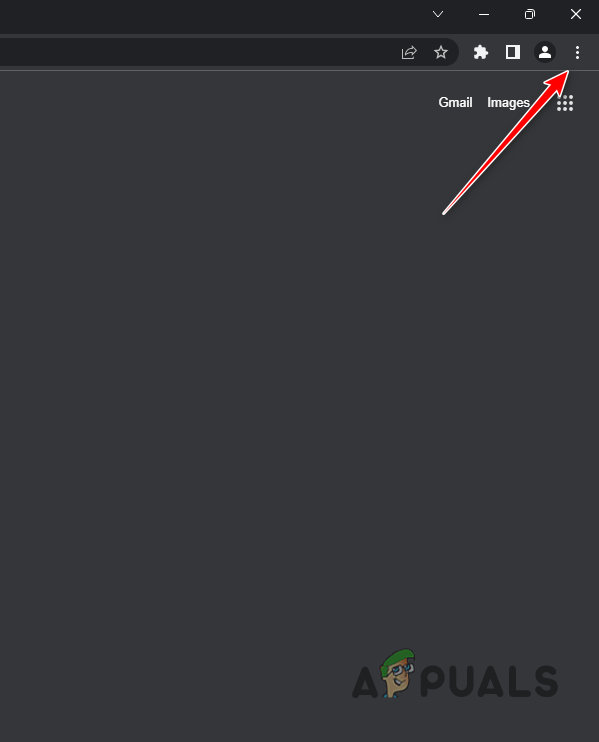
Opening Chrome Menu - From the drop-down menu, select More tools > Extensions.
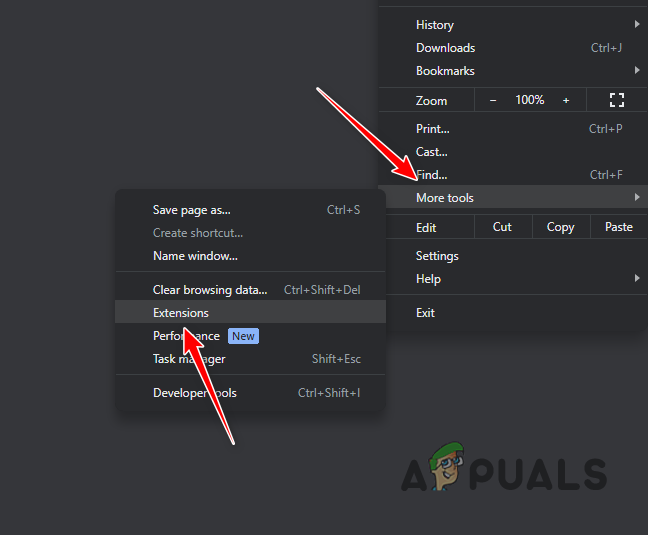
Navigating to Extensions Page - Find the third-party ad blocker and click the Remove option underneath it.
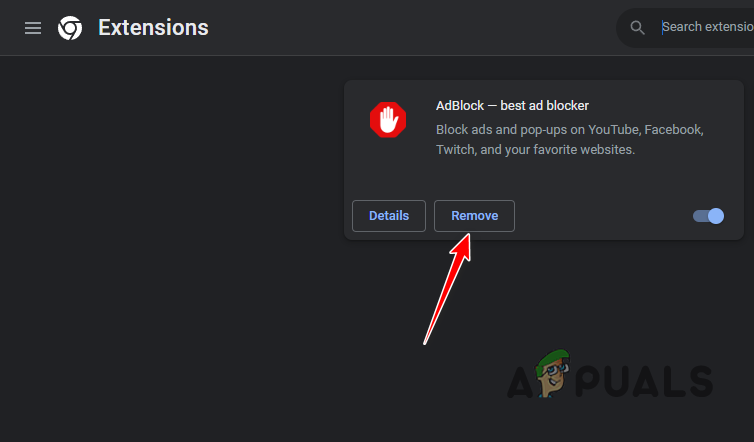
Removing AdBlock
1.2. Microsoft Edge
- Click the “More” menu (three dots) in the top-right corner.
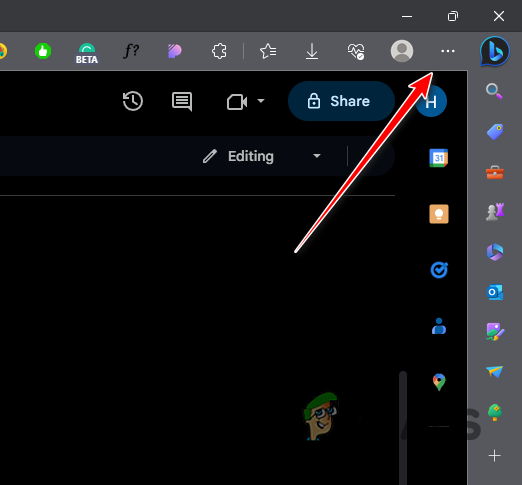
Opening Edge Menu - Select Extensions from the drop-down menu.
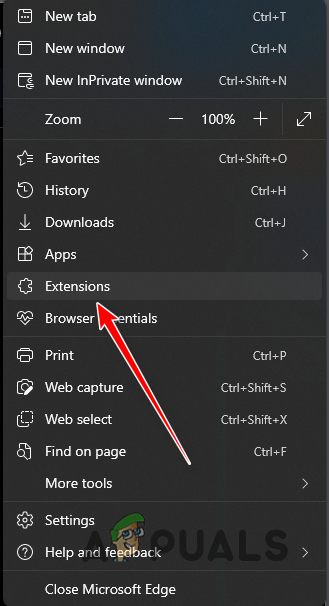
Opening Extensions Menu - Click the Manage Extensions option.
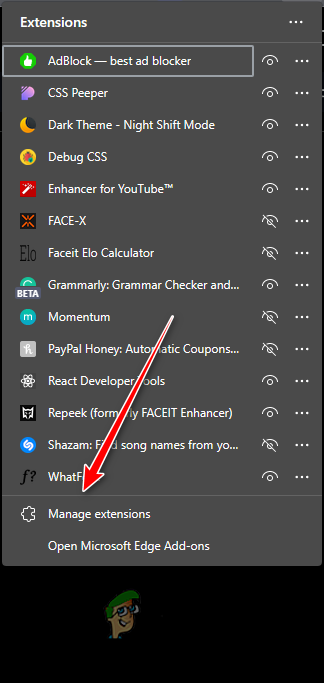
Navigating to Extensions Page - Find your ad blocker and click the “Remove” button underneath it.
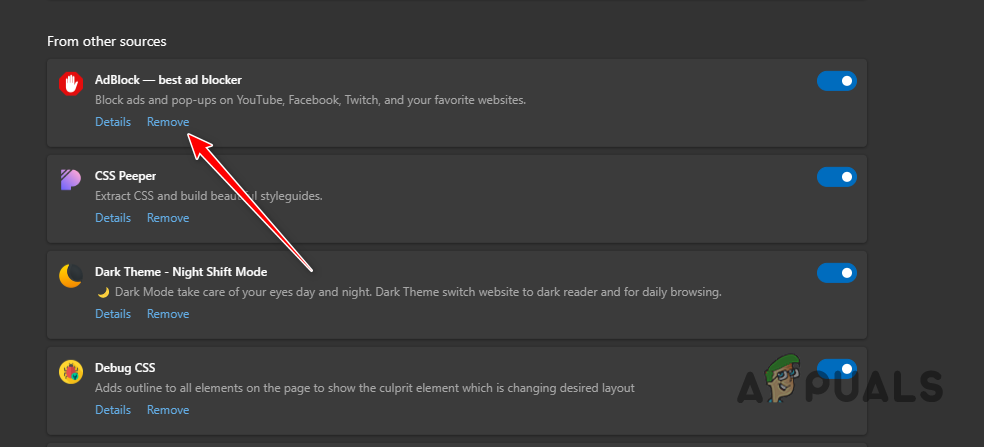
Removing AdBlock
1.3. Opera
- In the top-left corner, click the Opera icon.
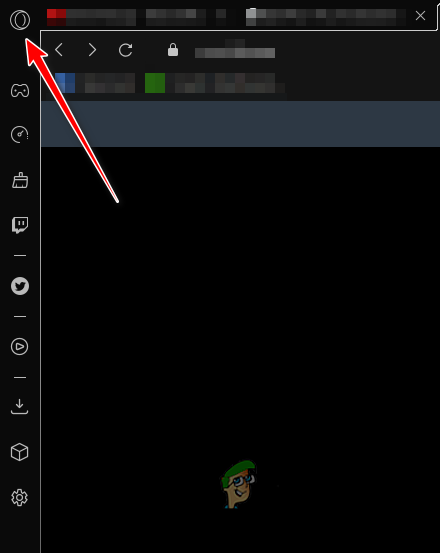
Opening Opera Menu - Choose Extensions > Extensions from the menu.
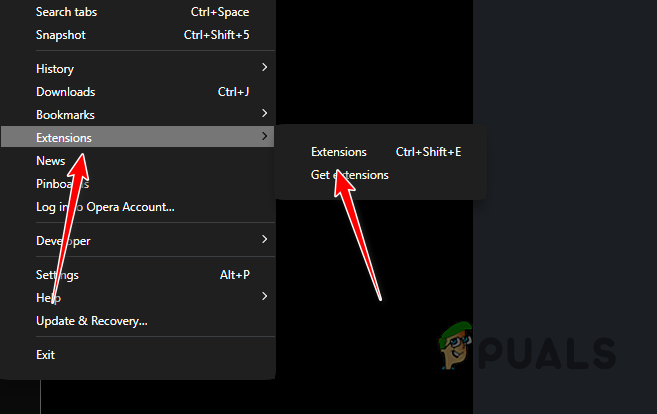
Navigating to Extensions Page - On the Extensions page, find your ad blocker and click “Remove“.
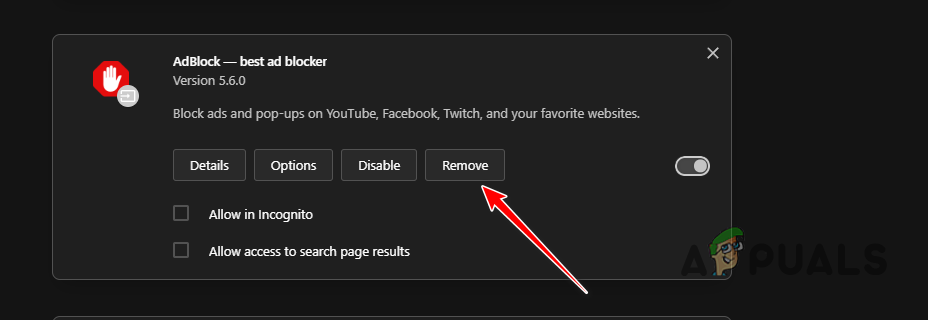
Removing AdBlock
2. Use Incognito Mode
If you’d rather not remove your third-party ad blocker just for YouTube, there’s a handy workaround. You can use Incognito (or Private) mode in your browser to avoid the ad blocker message. By default, most extensions—including ad blockers—are turned off in Incognito mode unless you specifically allow them. This means you can use YouTube without running into the error message.
However, please note that you won’t see your customized recommendations or stay logged in automatically. You’ll have to log in to your Google account every time you use Incognito mode.
To open a private window, just press Control + Shift + N on your keyboard while your browser is open.
3. Allow Ads on YouTube
Another way to resolve this issue is to let ads display on YouTube through your ad blocker. You can do this by configuring your ad blocker to not run on YouTube.
If you’re not using a third-party ad blocker but your browser has a built-in ad blocker—this is common in browsers like Opera GX—you’ll need to adjust your browser’s settings to turn off the ad blocker specifically for YouTube.
- First, open the YouTube website in your browser.
- Once YouTube is loaded, click the Extensions icon in the menu bar.
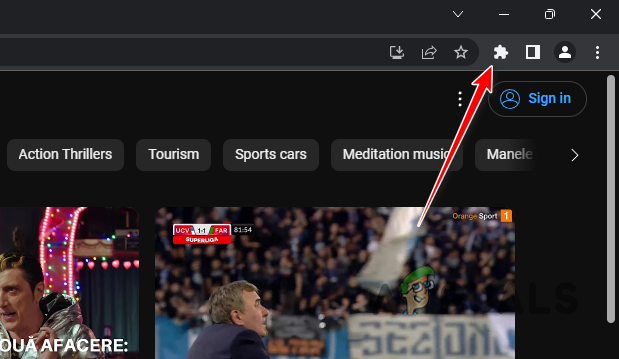
Opening Extensions Menu - Click the three-dot menu next to your ad blocker extension.
- Select the Pause on this site or similar option.
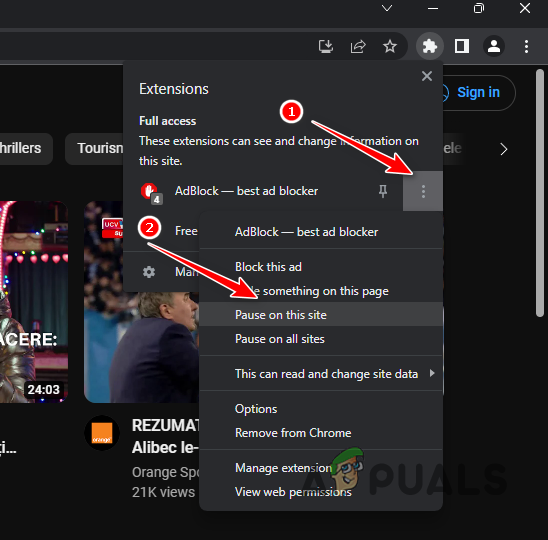
Pausing Ad Blocker on YouTube - The page will refresh automatically, and the error message should disappear.
If you’re using Opera GX or another browser with a built-in ad blocker, follow these instructions instead:
- Open the YouTube website in your browser.
- Click the Privacy Protection icon (usually a checkmark) in the address bar.

Opening Privacy Protection Options - Under ‘Ads Blocked on This Page,’ click ‘Turn off for this site‘.
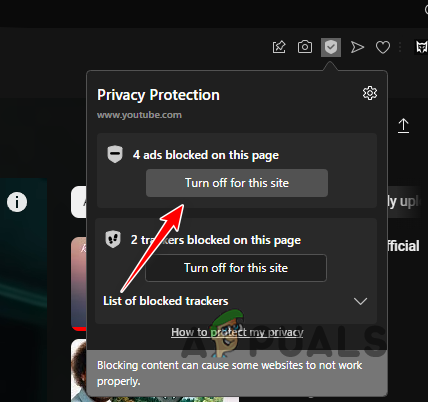
Disabling Ad Blocker for YouTube - The page should refresh, and the issue will be resolved.
4. Use Mozilla Firefox
Currently, this ad blocker restriction only affects browsers built on Chromium, which includes most popular browsers like Google Chrome, Microsoft Edge, and Opera GX. Mozilla Firefox is not affected, as it uses its own engine.
If you want to keep your ad blocker and avoid the error message, consider switching to Mozilla Firefox. Simply go to the Mozilla Firefox official website, download the installation file, install Firefox, and start browsing YouTube without issues.
5. Subscribe to YouTube Premium
As a final option, you can subscribe to YouTube Premium. With YouTube Premium, you won’t see any ads at all, so you won’t need to use an ad blocker. Your monthly subscription fee covers the cost that would have been made from showing you ads, and creators get a share of your subscription.
YouTube Premium currently costs 12 euros per month for an individual plan or 18 euros per month for a family plan. This might not be the best solution for everyone, so you’re welcome to use any of the workarounds above that suit your needs.





